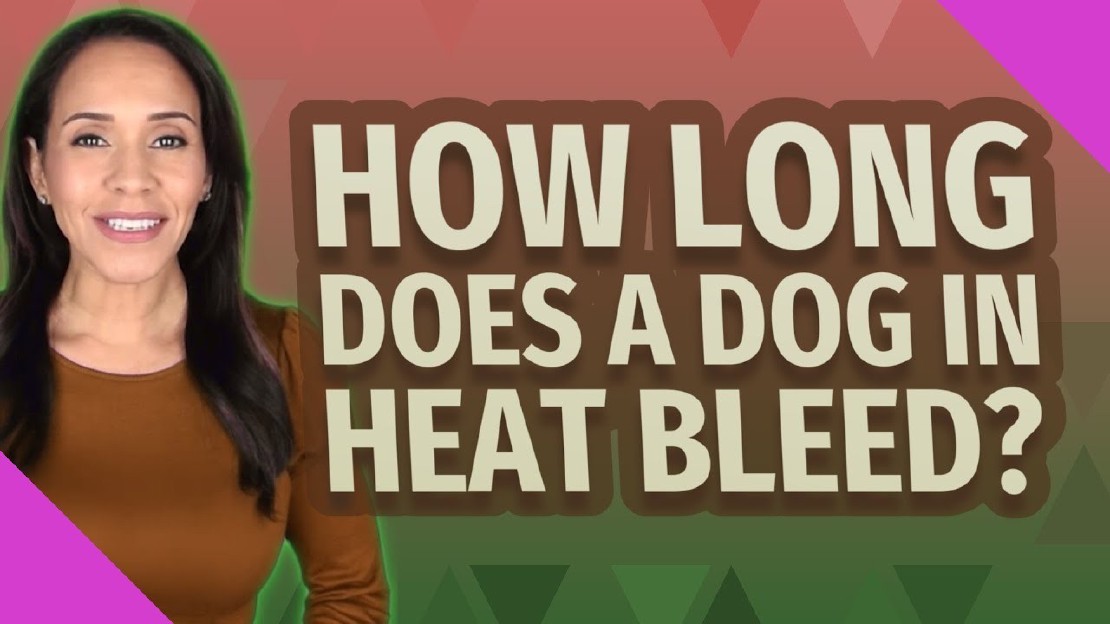Why do dogs lick your face?
Why dogs lick your face? Dogs are known for their affectionate nature and one common way they show their love is by licking their owners’ faces. …
Read Article
When a female dog reaches sexual maturity, she goes through a reproductive cycle known as “heat” or “estrus.” During this period, the dog’s body prepares for the possibility of pregnancy by releasing eggs and becoming receptive to mating. One common characteristic of this cycle is bleeding, also known as “estrus bleeding” or “heat bleeding.” However, it is possible for a dog to be on heat and not experience any bleeding.
The normal estrus cycle of a female dog consists of four stages:
While bleeding is a common characteristic of the estrus cycle, there are several reasons why a dog may not experience any bleeding:
In conclusion, while bleeding is a common characteristic of a dog’s heat cycle, it is possible for a dog to be on heat and not experience any bleeding. Various factors, such as being spayed or neutered, pseudopregnancy, hormonal imbalances, or individual variations, can contribute to the absence of bleeding. If you are concerned about your dog’s reproductive health, it is always best to consult with a veterinarian for a proper diagnosis and guidance.
A female dog’s reproductive cycle, also known as the heat cycle or estrous cycle, is an important part of her reproductive system. It is a natural process that allows the dog to conceive and reproduce. Understanding the different stages of the cycle is crucial for dog owners, breeders, and those considering breeding their dogs.
The reproductive cycle of a female dog can be divided into four stages: proestrus, estrus, diestrus, and anestrus. Proestrus is the initial stage and it typically lasts for 9-10 days. During this time, the female dog’s estrogen levels rise, causing changes in her behavior and physical appearance. She may attract male dogs but will not allow mating to occur.
Estrus, also known as the “heat” phase, follows proestrus and usually lasts for about 9 days. This is the stage when the female dog is fertile and receptive to mating. Her estrogen levels reach their peak, and she may show signs such as a swollen vulva, a bloody discharge, and increased urination. Male dogs will be highly attracted to her during this time.
After estrus comes diestrus, which is a period of about 60-90 days. If the female dog has not been impregnated during estrus, she will enter diestrus. Her estrogen levels drop, and progesterone levels rise. During this stage, the female dog will no longer be receptive to mating. If pregnancy occurs, diestrus will continue until the birth of the puppies.
The final stage of the reproductive cycle is anestrus, which is a period of rest between cycles. This stage can last for several months, and the female dog will not show any signs of being in heat. It is during this time that her body recuperates, and the cycle starts over again with proestrus.
It is important for dog owners to understand the reproductive cycle of their female dogs to ensure proper care and prevent unwanted pregnancies. It is also crucial for breeders to track the cycles of their breeding dogs to identify the optimal time for mating and maximize the chances of successful conception. By understanding the different stages of the reproductive cycle, owners and breeders can provide the necessary care and attention to their female dogs during each phase.
When a dog is in heat, she may exhibit symptoms such as a swollen vulva, increased urination, change in behavior, frequent licking of the genital area, and attraction to male dogs.
Yes, it is possible for a dog to be in heat and not bleed. Some dogs may experience a condition called “silent heat” where they do not show any external signs of bleeding, but they are still fertile and can reproduce.
There can be several reasons for a dog to have irregular heat cycles. These include hormonal imbalances, underlying health issues, stress, changes in diet or environment, and certain medications. If a dog’s heat cycles are consistently irregular, it is recommended to consult a veterinarian.
The duration of a dog’s heat cycle can vary, but on average it lasts about 2-3 weeks. The first stage, called proestrus, usually lasts for about 9-11 days and during this time the dog may experience vaginal bleeding. The second stage, called estrus, follows proestrus and is the time when the dog is most fertile. Estrus can last for about 5-9 days. Finally, there is a third stage called diestrus, which lasts for about 60-90 days and is the period of sexual inactivity.
Why dogs lick your face? Dogs are known for their affectionate nature and one common way they show their love is by licking their owners’ faces. …
Read ArticleWhy dogs are more loyal than cats? Dogs have long been known as man’s best friend, and their loyalty is one of the key reasons for this title. …
Read ArticleWhy is my dog poop green and slimy? Seeing green and slimy poop in your dog’s stool can be alarming, but it is important to understand that …
Read ArticleWhy is the side of my dogs mouth swollen? Swelling on the side of a dog’s mouth can be a cause for concern for pet owners. There are several …
Read ArticleWhy is my dog panting when it isnt hot? Panting is a natural behavior for dogs, as it helps them regulate their body temperature. However, if your dog …
Read ArticleWhy is my senior dog barking all the time? As your dog ages, you may start to notice changes in their behavior, one of which may be excessive barking. …
Read Article